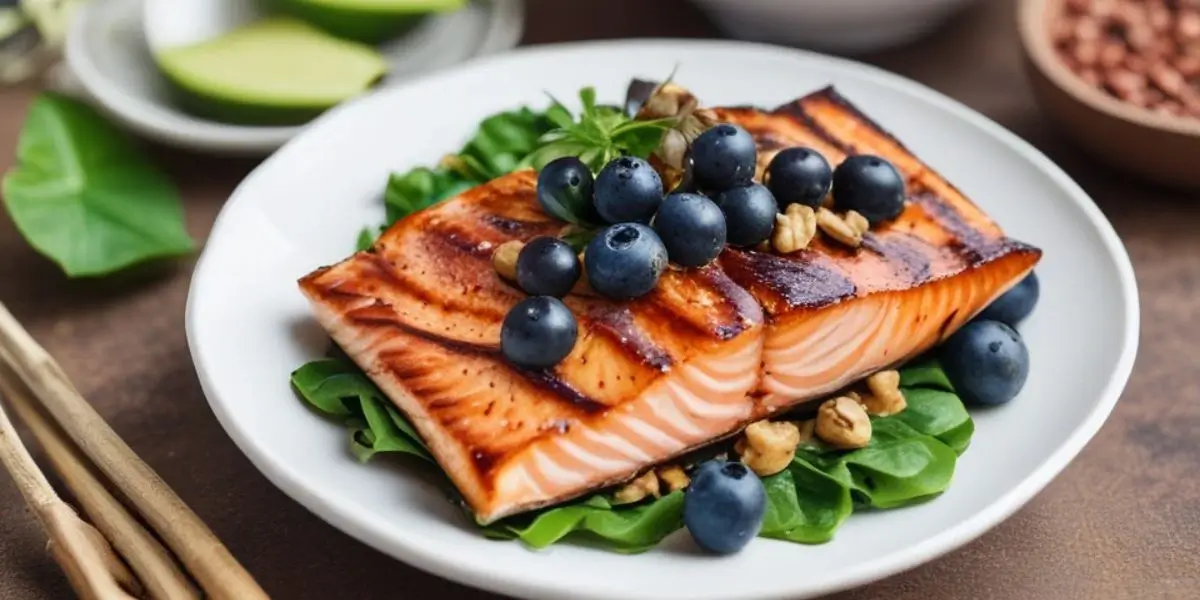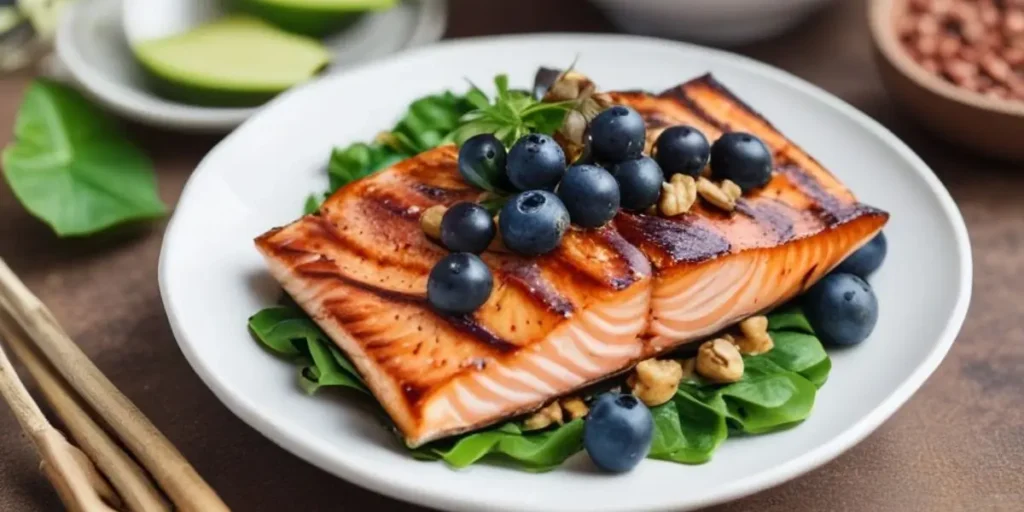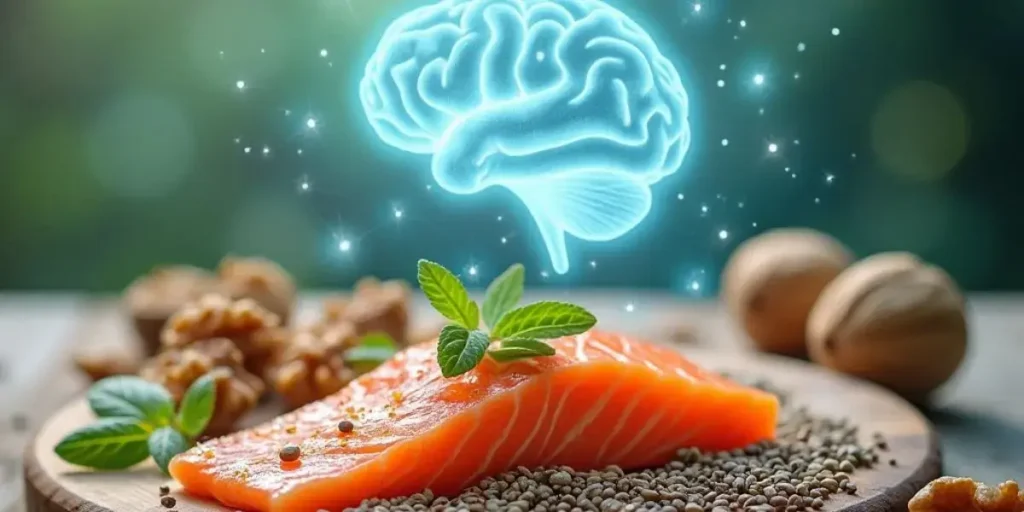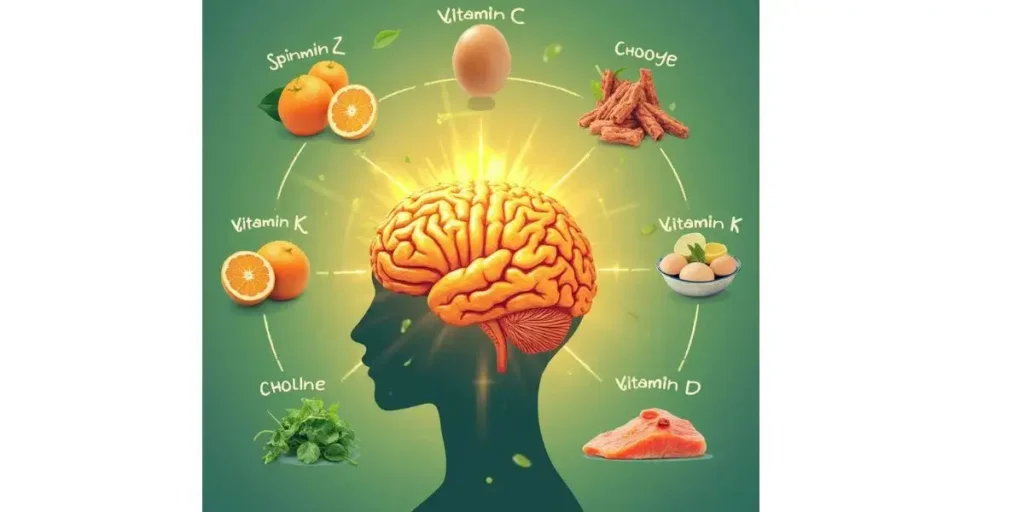The foods we choose each day play a vital role in shaping our health and well-being. However, making food choices that align with our nutritional needs often requires more than just knowledge—it demands awareness. This is where mindfulness comes into play. By fostering a connection between mindfulness and nutrition, we can develop a deeper understanding of what our bodies truly need. Through mindfulness in choosing nutrient-dense foods, we learn to prioritize quality over convenience, while integrating mindfulness into daily nutrition helps us build sustainable habits. Embracing this approach not only enhances our physical health but also cultivates a healthier relationship with food.

Table of Contents
What You'll Find in This Guide
Understanding Mindful Eating and Its Impact on Your Health
Mindful eating is the practice of being fully present during meals, paying attention to the flavors, textures, and sensations of your food. It involves understanding your body’s hunger and fullness signals and making deliberate food choices that align with your health goals. By cultivating awareness, you not only improve digestion but also develop a healthier relationship with food.
The Connection Between Nutrition and Food Choices
Your food choices directly influence your overall health and well-being. Nutrition provides the essential fuel your body needs to function optimally, and mindful eating helps ensure you’re selecting the right kinds of fuel. Together, they create a powerful synergy that promotes balance and vitality.
How Mindful Eating Supports a Healthier Lifestyle
Mindful eating encourages better decision-making when it comes to food. By slowing down and savoring each bite, you’re less likely to overeat or reach for unhealthy options. This practice fosters an environment of gratitude and intentionality, paving the way for sustainable, healthier food choices.

Optimal Nutrition Choices for Mindful Eating
Understanding Optimal Nutrition
Optimal nutrition goes beyond counting calories; it’s about nourishing your body with the right nutrients in the right proportions.
What Does Optimal Nutrition Mean for Your Body?
Optimal nutrition ensures your body gets the vitamins, minerals, and macronutrients it needs to thrive. It supports energy production, immune function, and overall well-being, helping you feel your best every day.
The Role of Balanced Macronutrients in Healthy Eating
Carbohydrates, proteins, and fats each play a vital role in maintaining health. A balanced intake supports energy levels, muscle repair, and hormonal balance. Mindful eating helps you recognize the value of these macronutrients and incorporate them thoughtfully into your diet.
Steps to Make Mindful Nutrition Choices
How to Tune Into Hunger and Fullness Cues
Learning to listen to your body’s signals is key. Practice pausing during meals to assess your hunger and fullness levels, ensuring you’re eating for nourishment rather than habit.
Strategies for Planning Nutritious Meals Mindfully
Meal planning can simplify mindful eating. Focus on whole, nutrient-rich ingredients and prepare meals ahead of time to reduce stress and impulse decisions. Consider colorful plates filled with vegetables, lean proteins, and healthy fats.
Overcoming Barriers to Optimal Nutrition
How to Handle Emotional Eating with Mindfulness
Emotional eating often stems from stress or boredom. By identifying triggers and practicing mindfulness techniques, such as deep breathing or journaling, you can redirect your focus and make healthier food choices.
Tackling Time Constraints with Easy, Healthy Recipes
Busy schedules shouldn’t compromise your nutrition. Opt for quick, nutritious meals like smoothies, salads, or stir-fries that are both satisfying and easy to prepare.
Nutrient-Dense Foods for Weight Management
The Power of Nutrient-Dense Foods
Nutrient-dense foods pack a powerful punch, offering maximum nutrients with minimal calories. They are the cornerstone of effective weight management and a vibrant lifestyle.
Why Nutrient-Density Matters More Than Calories
Not all calories are created equal. Foods rich in vitamins, minerals, and antioxidants provide greater satiety and health benefits compared to empty-calorie options like sugary snacks.
Top Nutrient-Dense Foods to Include in Your Diet
Incorporate options like leafy greens, berries, nuts, seeds, and lean proteins. These foods are nutrient powerhouses that support weight management and overall well-being.
Incorporating Nutrient-Dense Foods Mindfully
How to Choose Whole Foods Over Processed Options
Whole foods are in their most natural state, undergoing little processing to preserve their inherent nutritional value. Prioritize items like fresh fruits, vegetables, and whole grains, steering clear of overly processed snacks.
Creative Ideas for Adding Nutrient-Dense Foods to Everyday Meals
Add spinach to smoothies, sprinkle chia seeds on yogurt, or swap white rice for quinoa. These simple swaps elevate the nutritional value of your meals.
Balancing Portion Sizes for Weight Goals
Using Mindfulness to Avoid Overeating
Mindfulness teaches you to eat slowly, giving your brain time to recognize fullness. This helps prevent overeating and supports your weight management goals.
Practical Portion Control Tips That Work
Use smaller plates, pre-portion snacks, and focus on filling half your plate with vegetables. These techniques make portion control effortless and effective.

Mindful Eating for Healthier Food Choices
Transforming the Way You Think About Food
How to Cultivate Gratitude During Meals
Expressing gratitude for your food can shift your mindset, helping you appreciate the nourishment it provides. This simple practice enhances mindfulness.
Understanding the Impact of Eating Without Distractions
Eating in front of a screen often leads to mindless consumption. Instead, create a calm, distraction-free environment to fully enjoy and savor your meals.
Tips for Making Healthier Food Choices Mindfully
Reading Food Labels with Awareness
Understanding ingredient lists and nutritional information empowers you to make informed food choices. Look for items with fewer additives and higher nutrient content.
Choosing Seasonal and Locally-Sourced Ingredients
Seasonal produce is often fresher, more nutritious, and environmentally friendly. Support local farmers while enhancing the quality of your meals.
Building Sustainable Healthy Eating Habits
How to Stay Consistent with Mindful Eating Practices
Consistency is key. Incorporate mindfulness into daily routines, such as taking a few deep breaths before meals or practicing portion control regularly.
The Role of Journaling in Tracking Progress
A food journal can help you identify patterns, track goals, and celebrate successes. It’s a valuable tool for maintaining mindfulness and accountability.

Your Questions Answered
What Are the Benefits of Mindful Eating?
Mindful eating improves digestion, enhances enjoyment of food, and supports healthier food choices by fostering a deeper connection with what you eat.
Can Mindful Eating Help with Weight Loss?
Yes, by preventing overeating and encouraging nutrient-dense choices, mindful eating naturally supports weight management and overall health.
How Can I Start Eating Mindfully Today?
Begin with small steps, like chewing slowly or eliminating distractions during meals. Gradually incorporate mindfulness into your eating habits.
What Are Some Easy Mindful Eating Exercises?
Try pausing before eating to assess hunger levels or focusing on the texture and taste of each bite. These exercises promote awareness and enjoyment.
Mindful Eating and Emotional Eating
Mindful eating can be especially beneficial when tackling emotional eating. It encourages a shift in awareness that helps you recognize emotional triggers and prevent mindless eating. Learn more about mindful eating and emotional eating.
Don’t miss out—follow us on social media for updates:
Egg bake with cottage cheese and spinach recipe
Raise your hand if you’ve ever stared into the fridge at 7 a.m., torn between “I should eat something nutritious” and “But I just want comfort food.” (Same.) This cottage … Learn more
Elegant & Delicious: How to Make a Swedish Princess Torte Cake
Have you ever scrolled through Instagram and spotted that gorgeous green dome cake that looks like it came from a fancy European bakery? That’s Princess Torte Cake (or “Princesstårta” if … Learn more
The Visual Evolution of Vintage Birthday Cakes: From Simple to Spectacular
Hey there, fellow bakers! Have you ever scrolled through Instagram drooling over those fancy cakes that look like they belong in a royal palace? Well, guess what – you can … Learn more
the best Easy Homemade Sauce Recipes
Forget the supermarket aisle! The secret to transforming everyday meals into extraordinary culinary experiences lies in the art of crafting your sauces. From the vibrant simplicity of a garden-fresh tomato … Learn more
Good Dipping Sauce for French Fries – The Best Tasty Ideas
I’ve always been a huge fan of crispy French fries, and I believe the right dipping sauce can take them to another level. I’m passionate about experimenting in the kitchen, … Learn more
Best Garlic Bread Stuffing Recipe for Thanksgiving
As the scent of autumn leaves fills the air and families gather, the heart of Thanksgiving beats stronger. Imagine adding a twist to your traditional feast, something that warms the … Learn more
The Best Chicken with Coconut Lime Peanut Sauce Recipe
Discover an explosion of flavors with this unique take on peanut lime chicken. This dish—often called chicken with coconut lime peanut sauce—combines the tang of fresh lime, the creaminess of … Learn more
Delicious Baked Scrambled Eggs for Breakfast: A Healthy and Easy Morning Recipe
Baked scrambled eggs are a blank canvas for your breakfast creativity! Add your favorite cheeses, vegetables, and meats to create a custom dish that everyone will love. This versatile recipe … Learn more
best Easy Scrambled Egg Toast with Cream Cheese
Are you tired of the same old boring breakfast routine? Are your taste buds begging for something, anything, to break the monotony? The solution is simpler (and more delicious) than you … Learn more
Your Go-To Guide: 6 Easy Fruit Platter Ideas for Beginners
In Seattle, I was hosting my first garden party and wanted to impress my friends. Armed with “Easy Fruit Platter Ideas for Beginners,” I shopped for vibrant fruits like strawberries, … Learn more







































